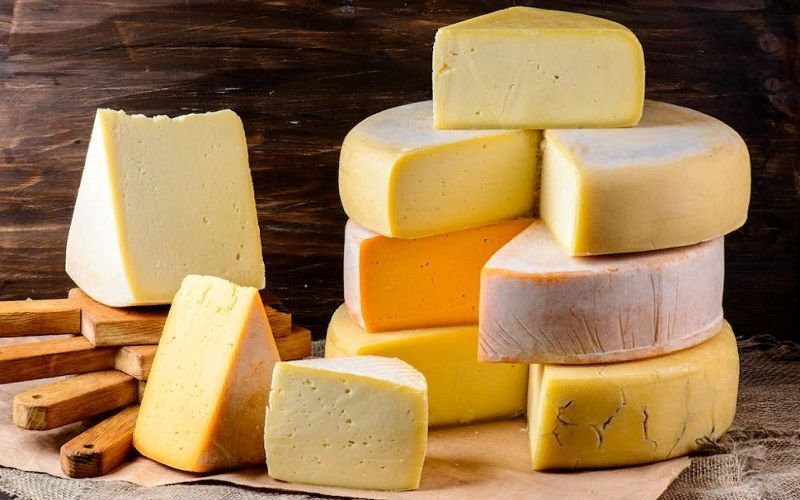Key Recommendations for Producing Cheese-Ready Milk

Recommendations for Producers
According to Luis Fernando Sánchez, a seasoned cheesemaker and founder of Art Cheese, maintaining optimal conditions for milk production involves several key practices:
1. Nutrition and Animal Welfare
Providing a balanced diet with fresh forage, minerals, and proteins is essential for high-quality milk. This leads to better cheese yield due to richer solids in the milk.
2. Water Quality
Water consumed by the cattle must be akin to human drinking standards—low in iron and manganese, neutral pH, and free of contaminants.
3. Breed Selection
Choosing the right breed is crucial. The Girolando breed, known for its resilience and rich milk composition, is highlighted as a preferred choice.
4. Implementing Best Livestock Practices
Adopting good livestock practices ensures cattle health and high-quality milk. This includes hygiene, proper milking techniques, and ensuring biosecurity on farms.
Sánchez emphasizes the importance of loving and caring for the cattle as part of a successful milk production strategy.











